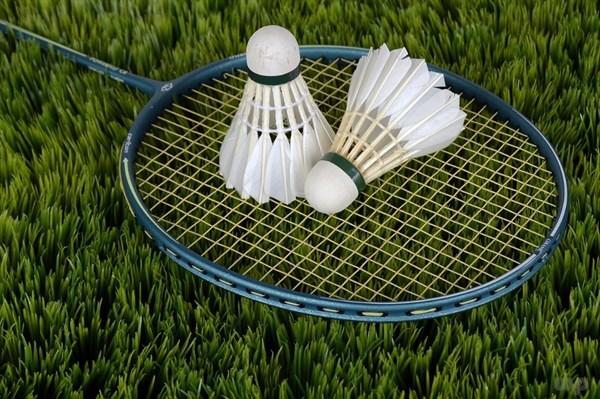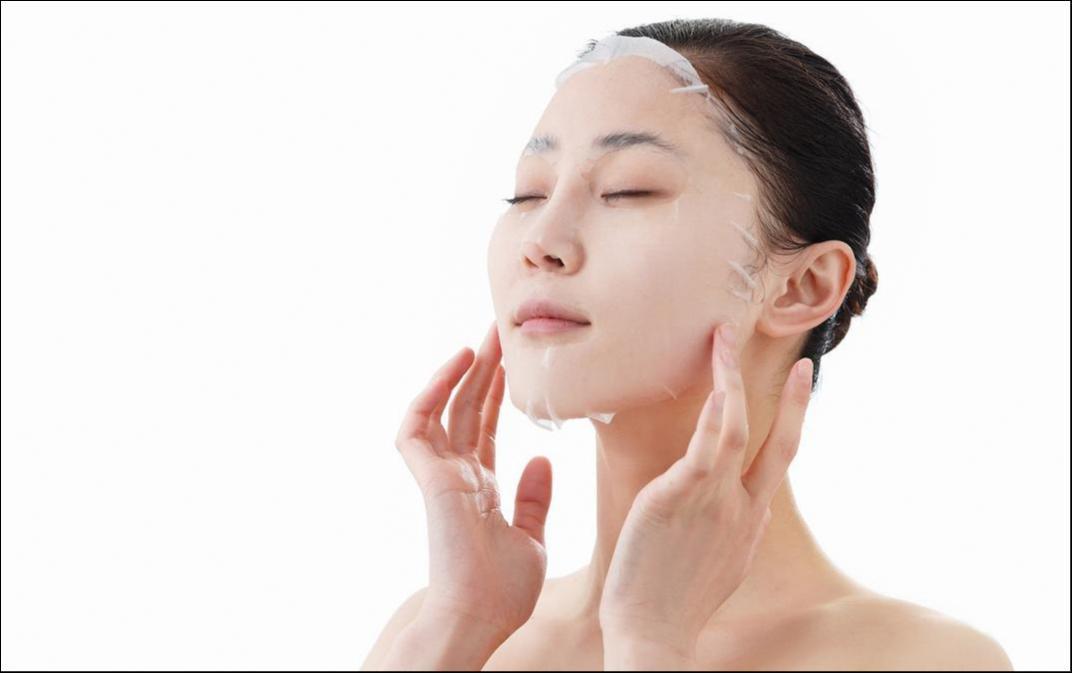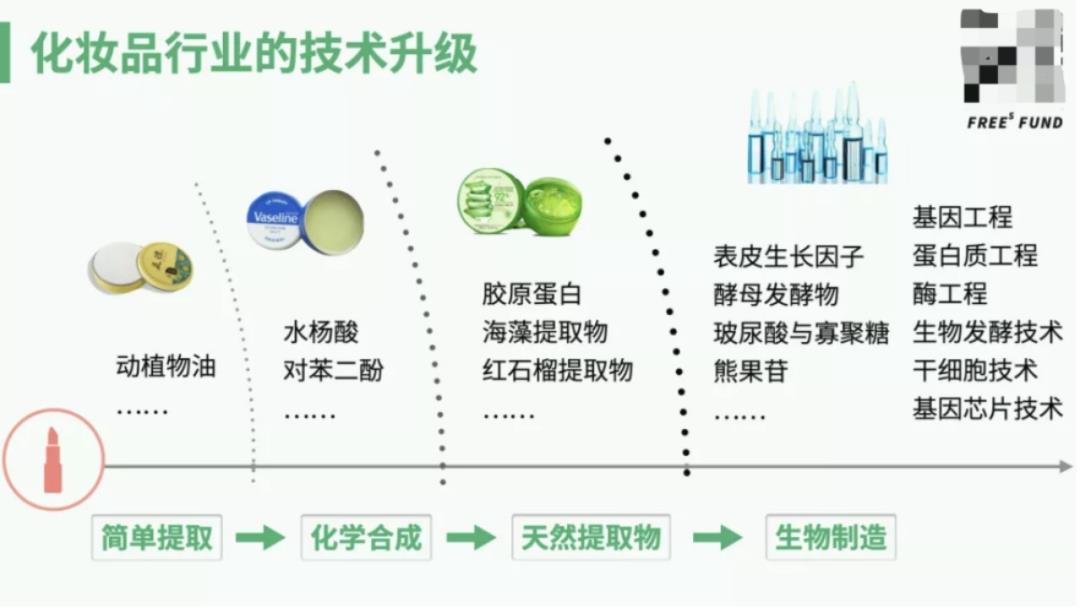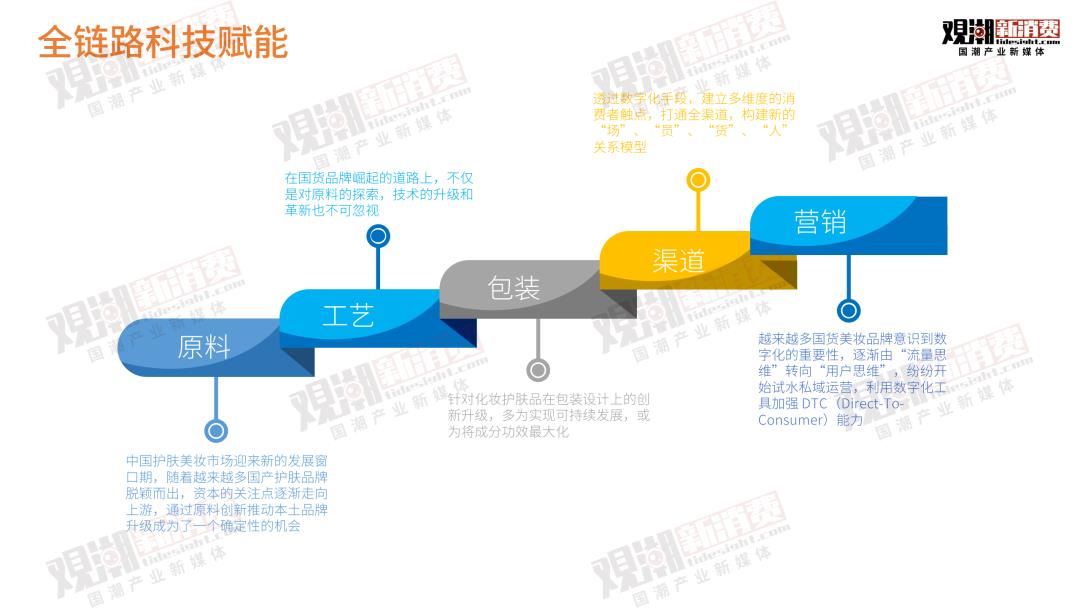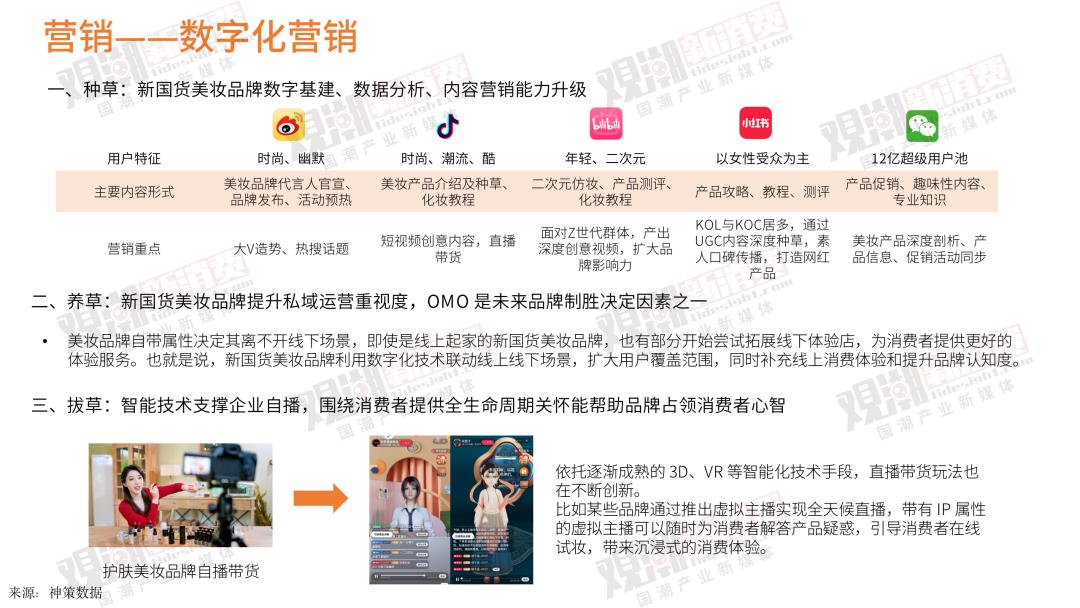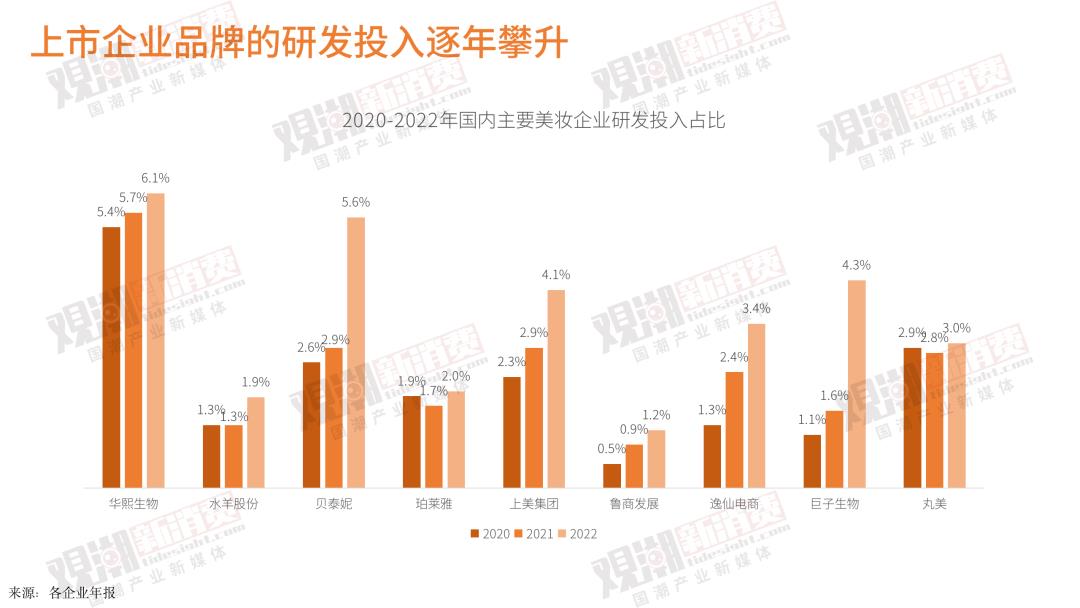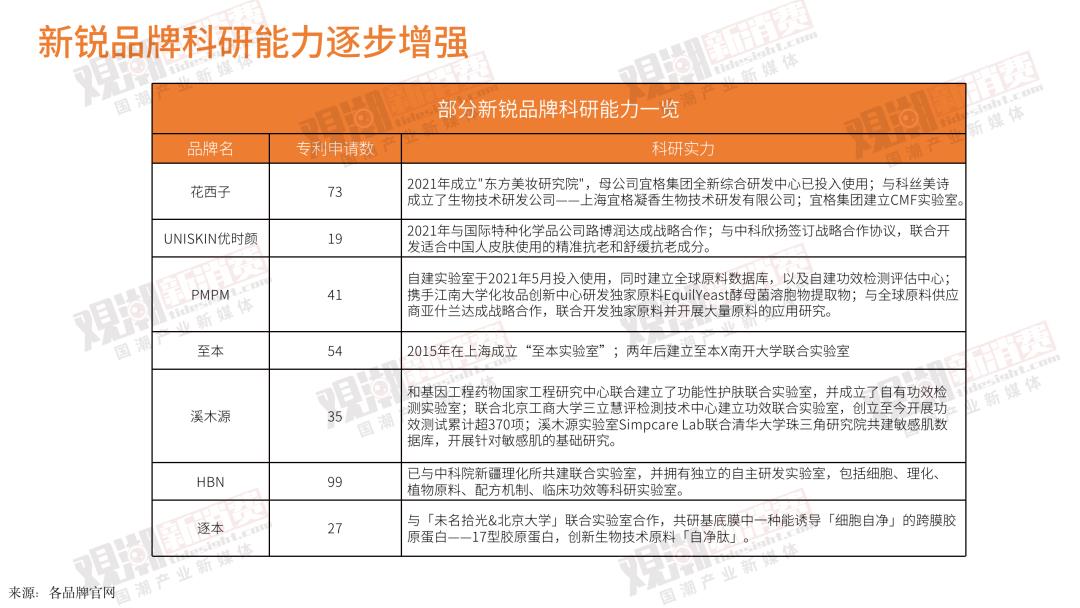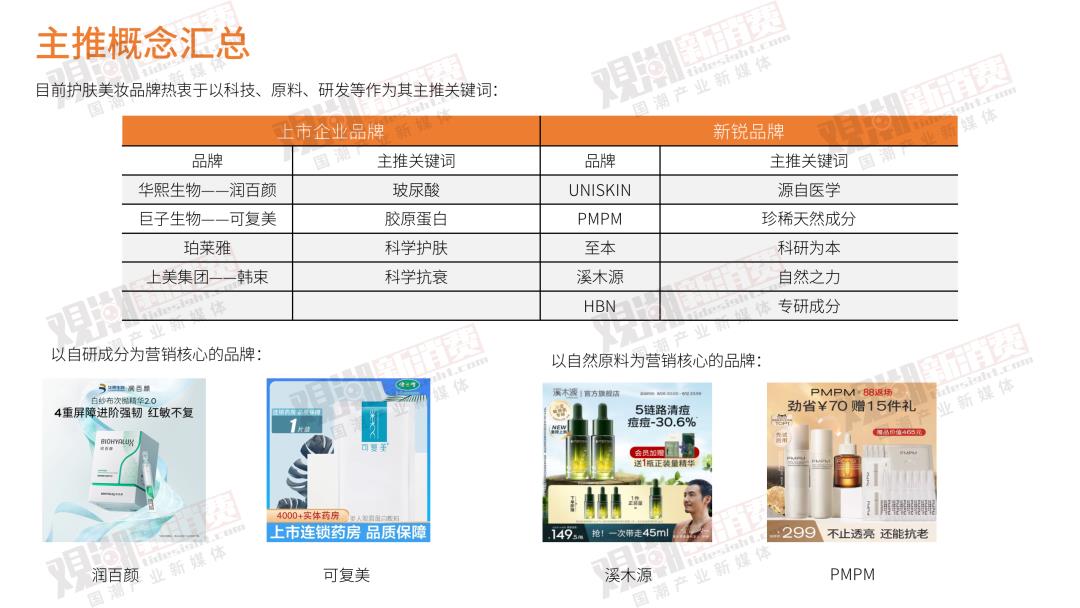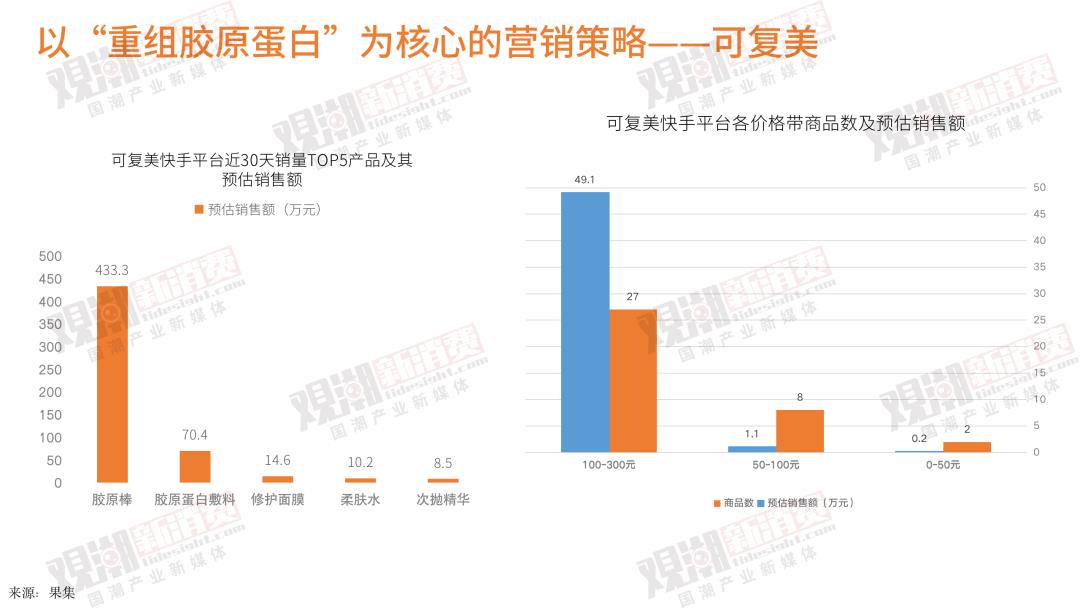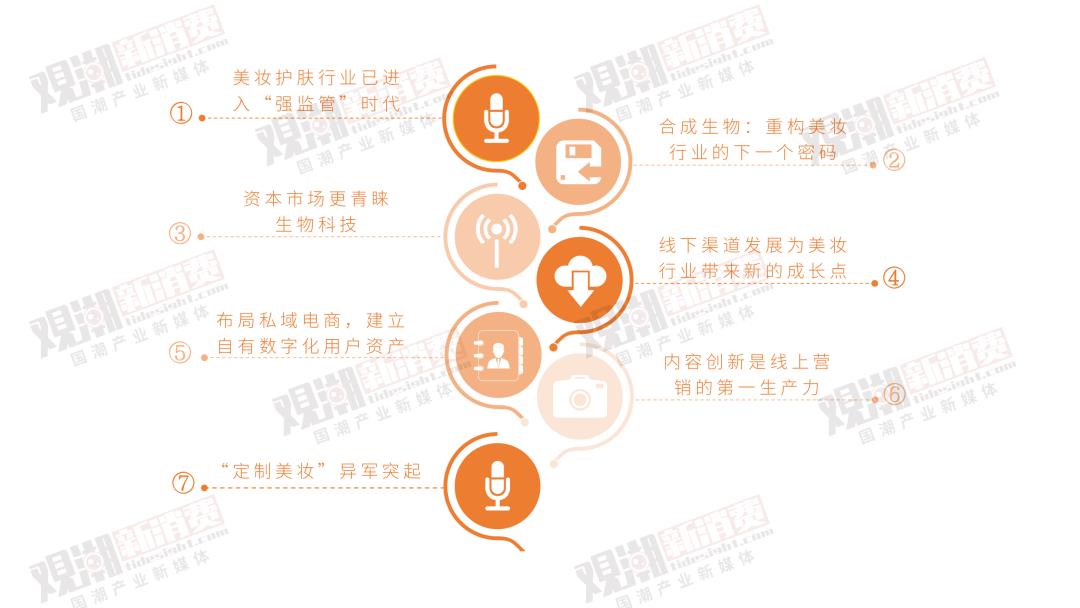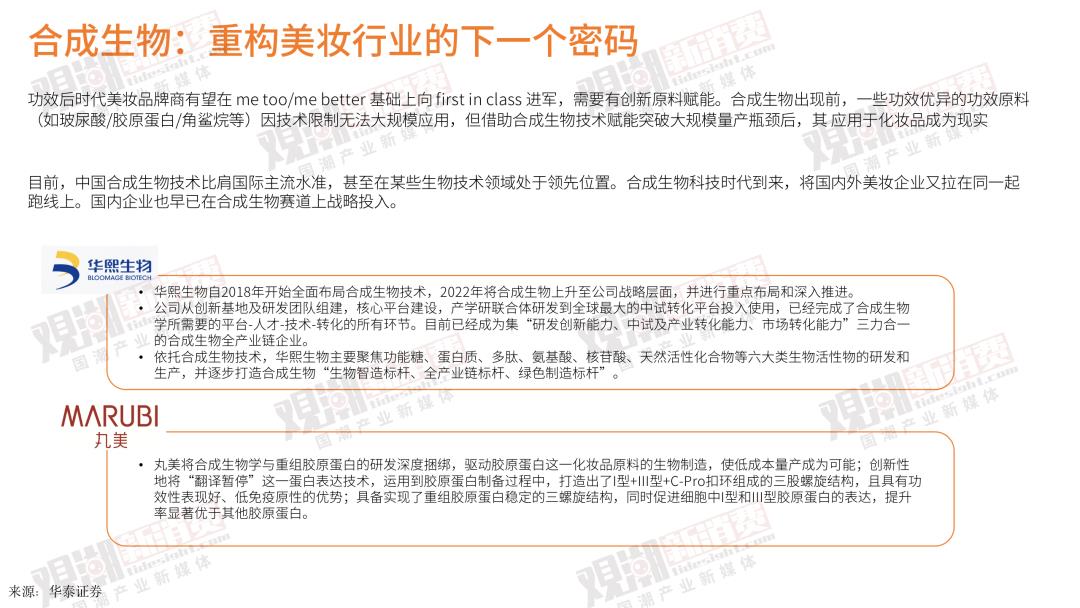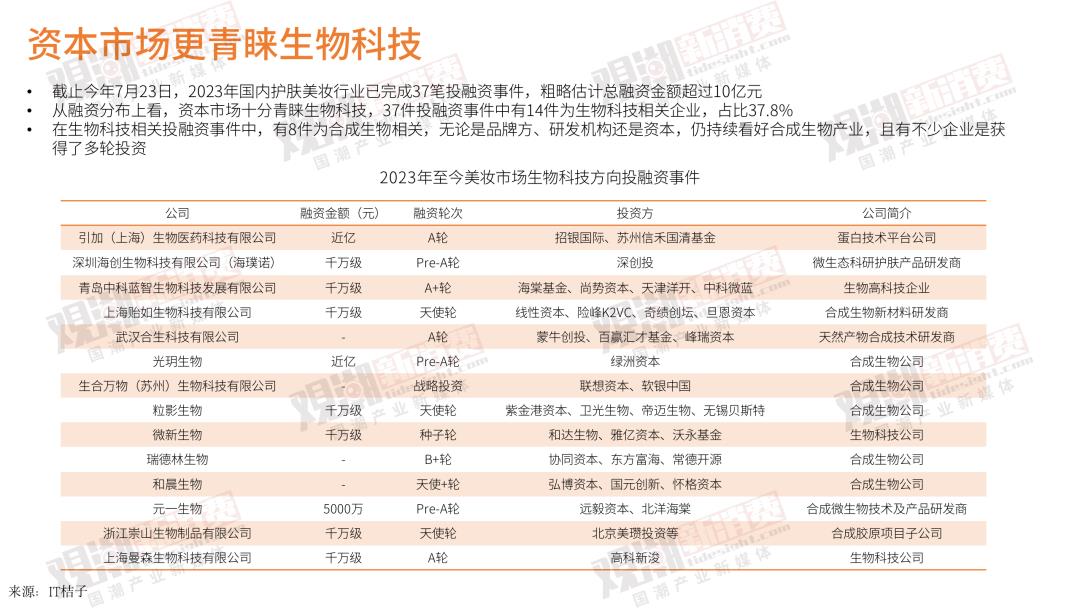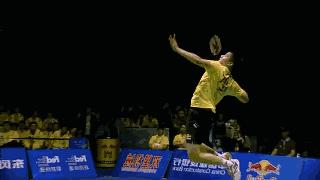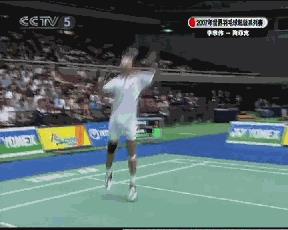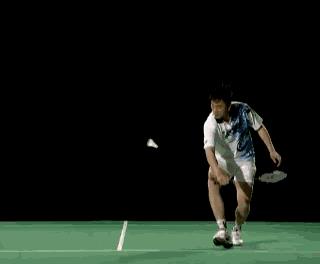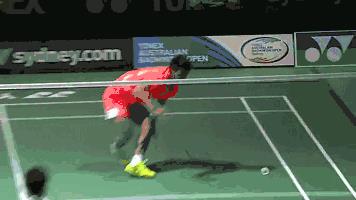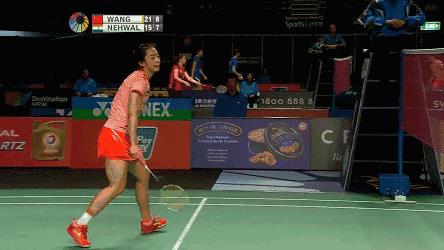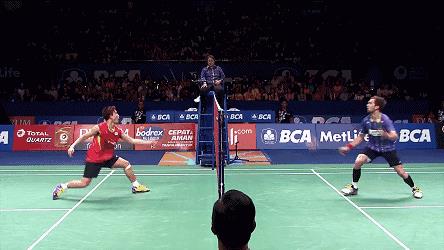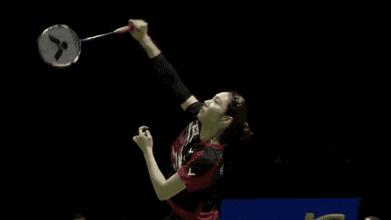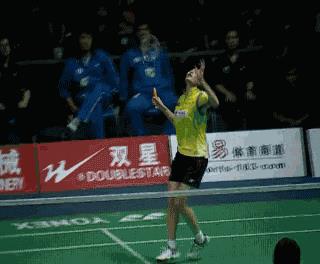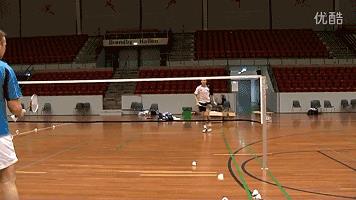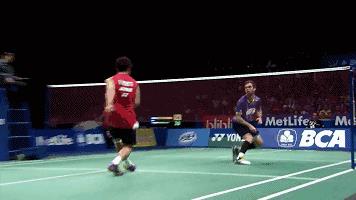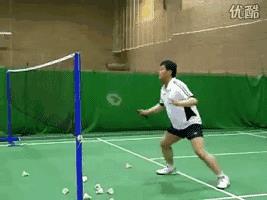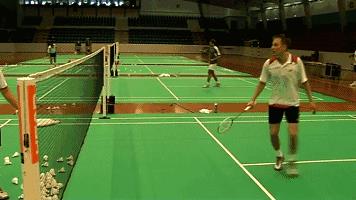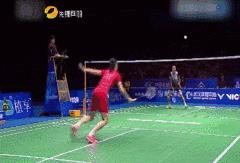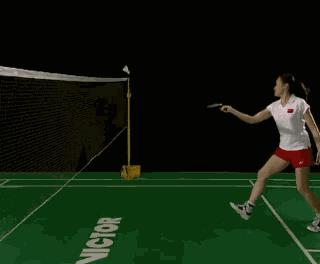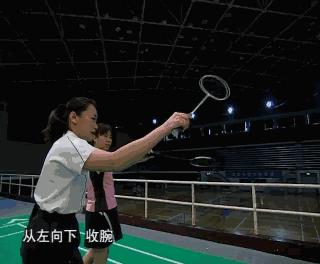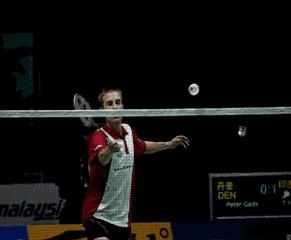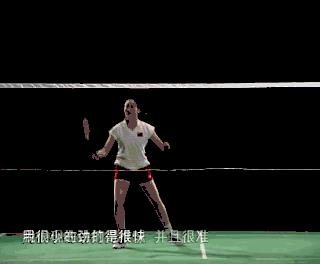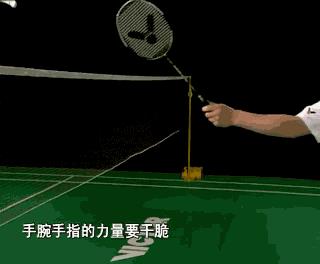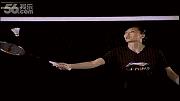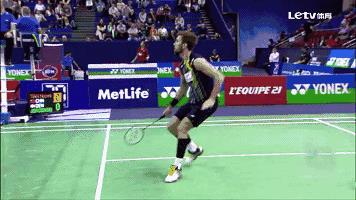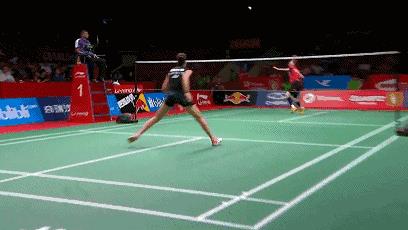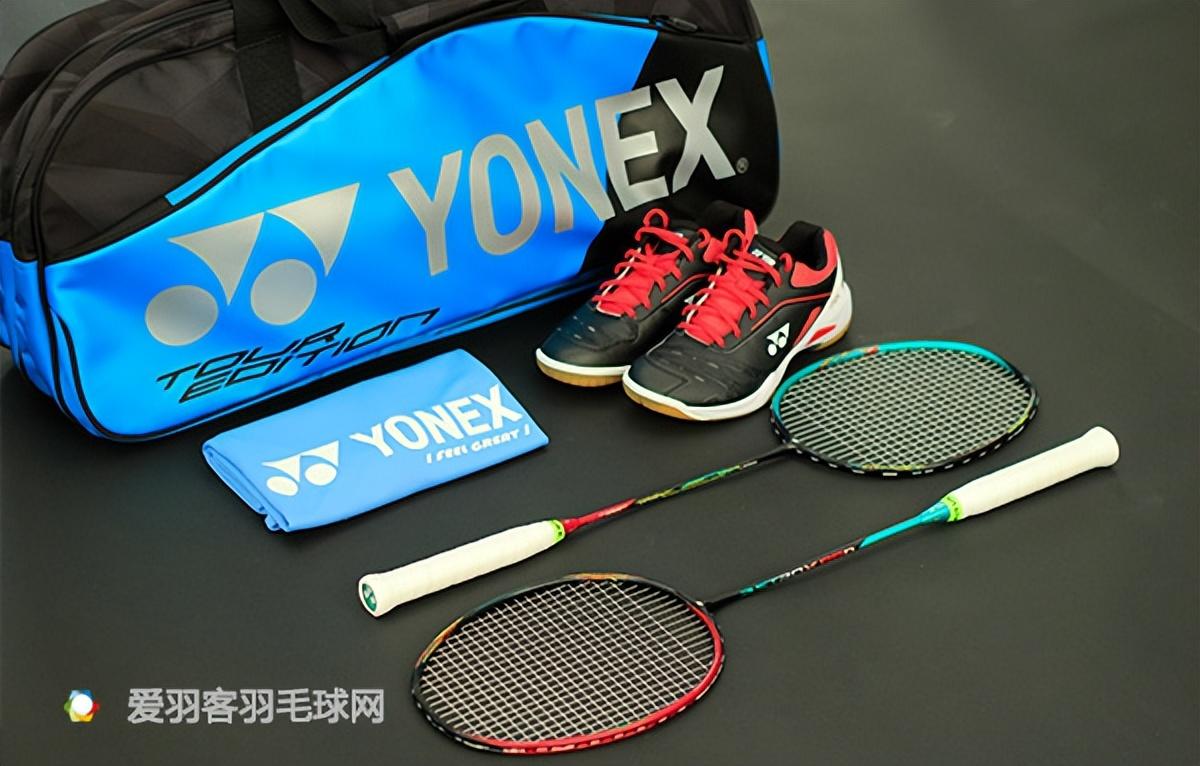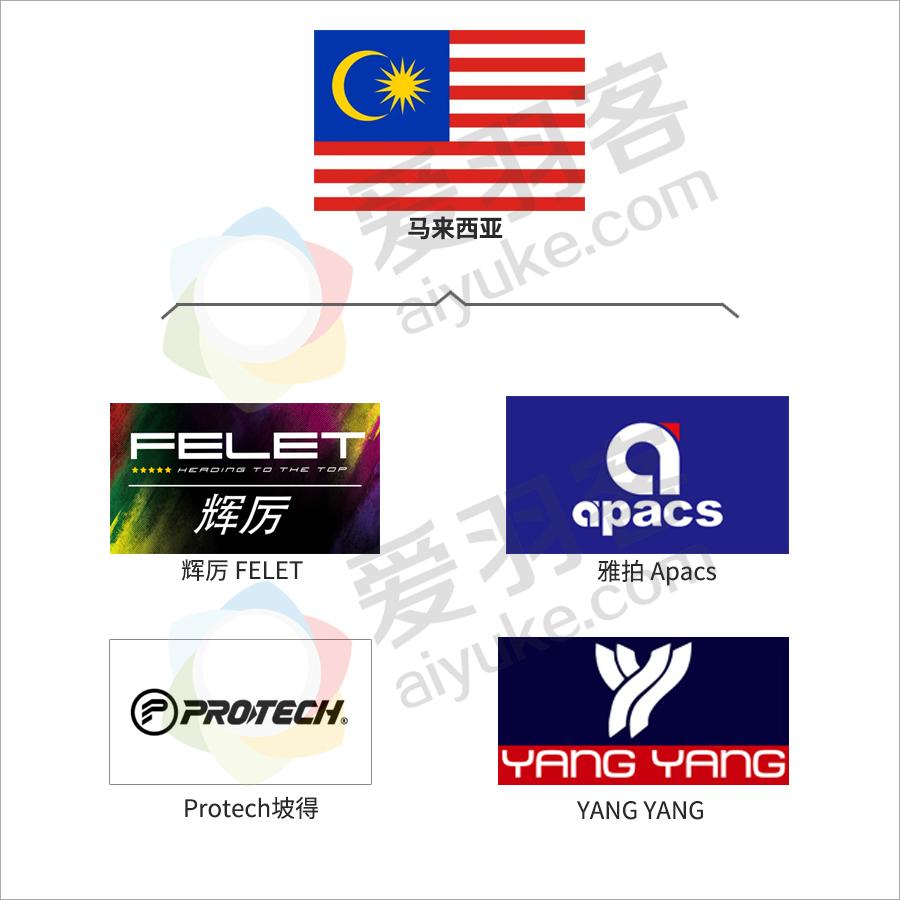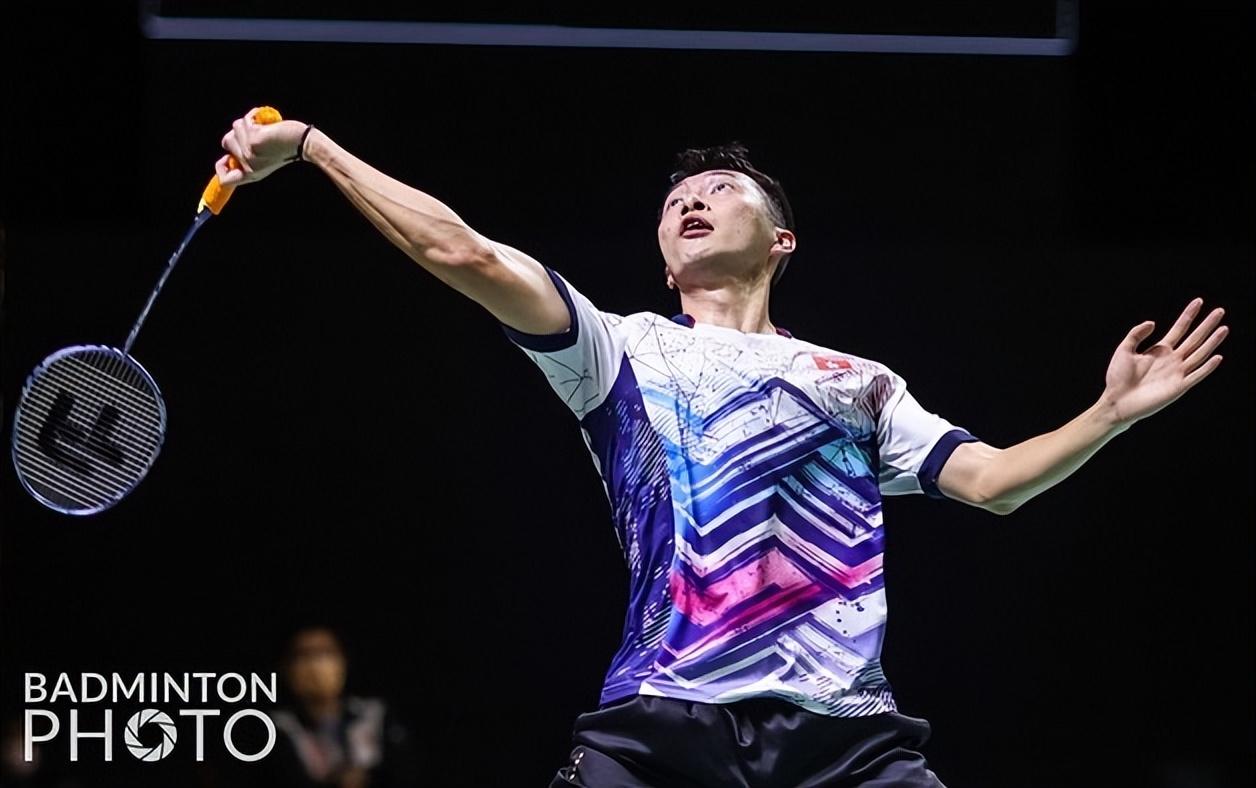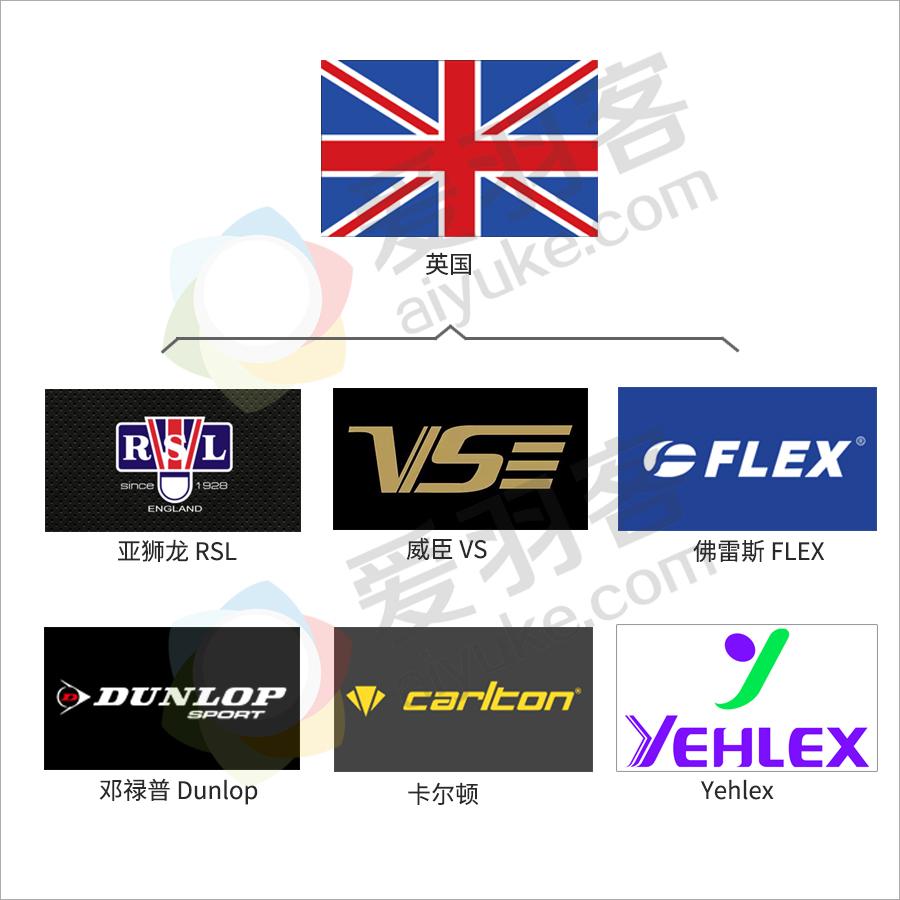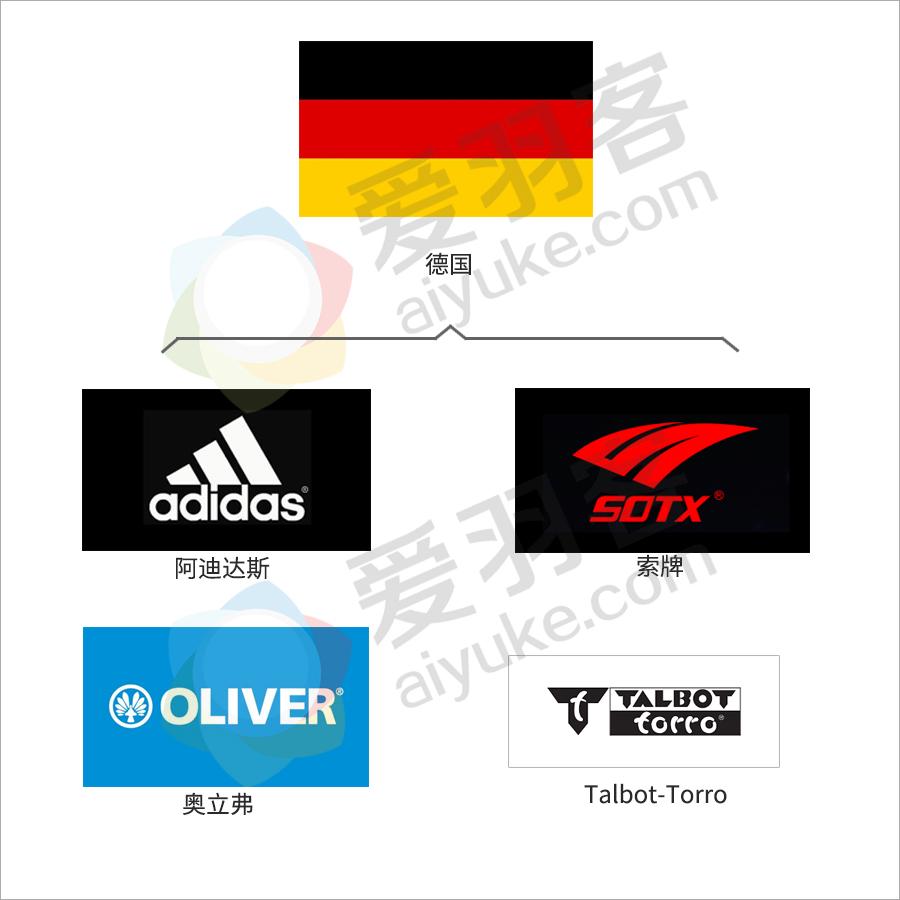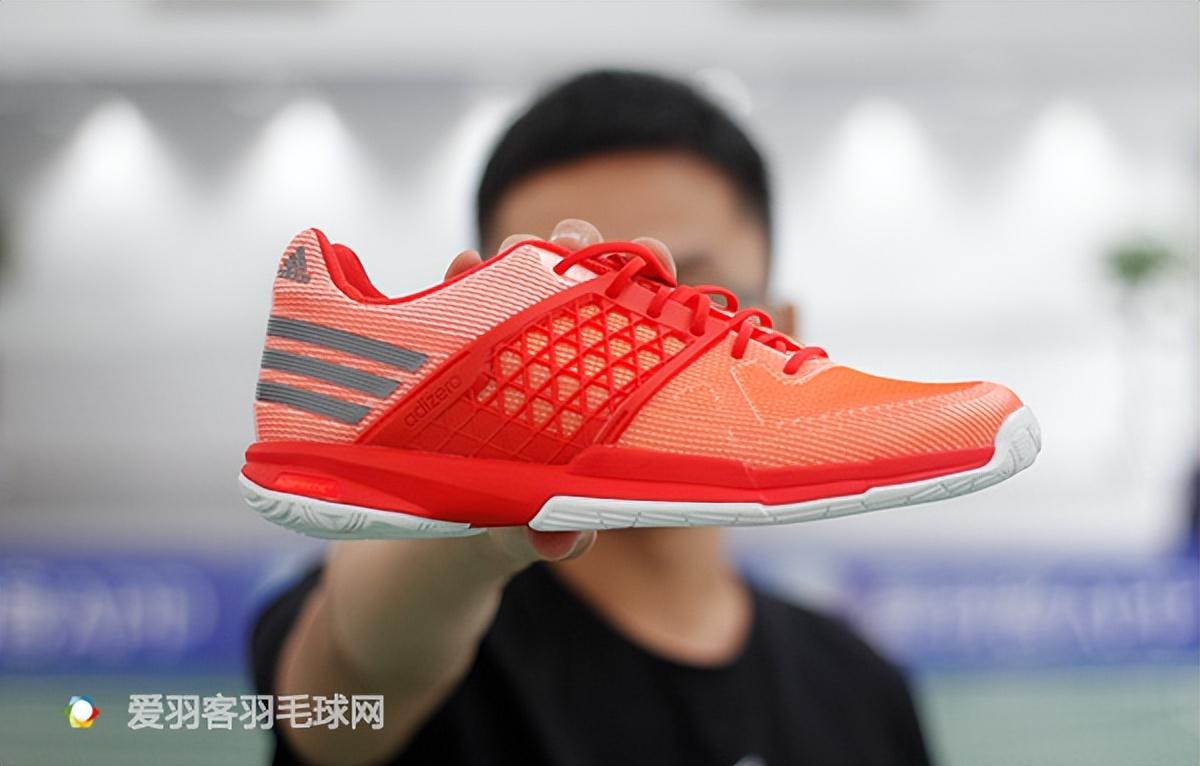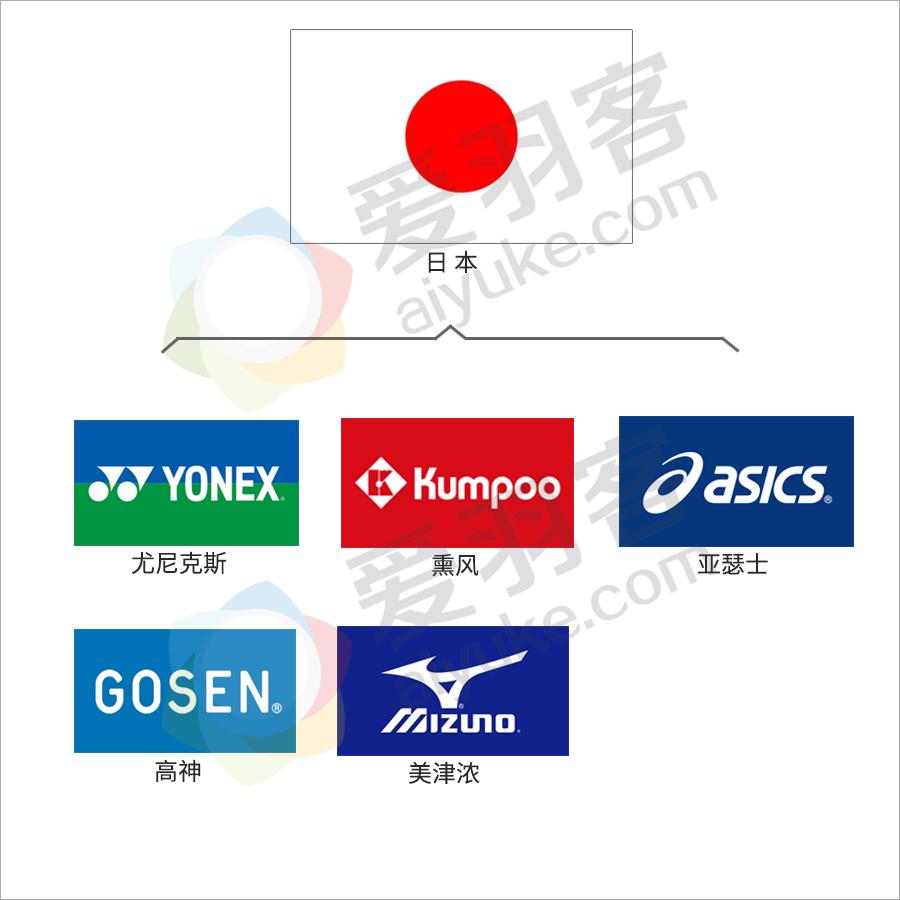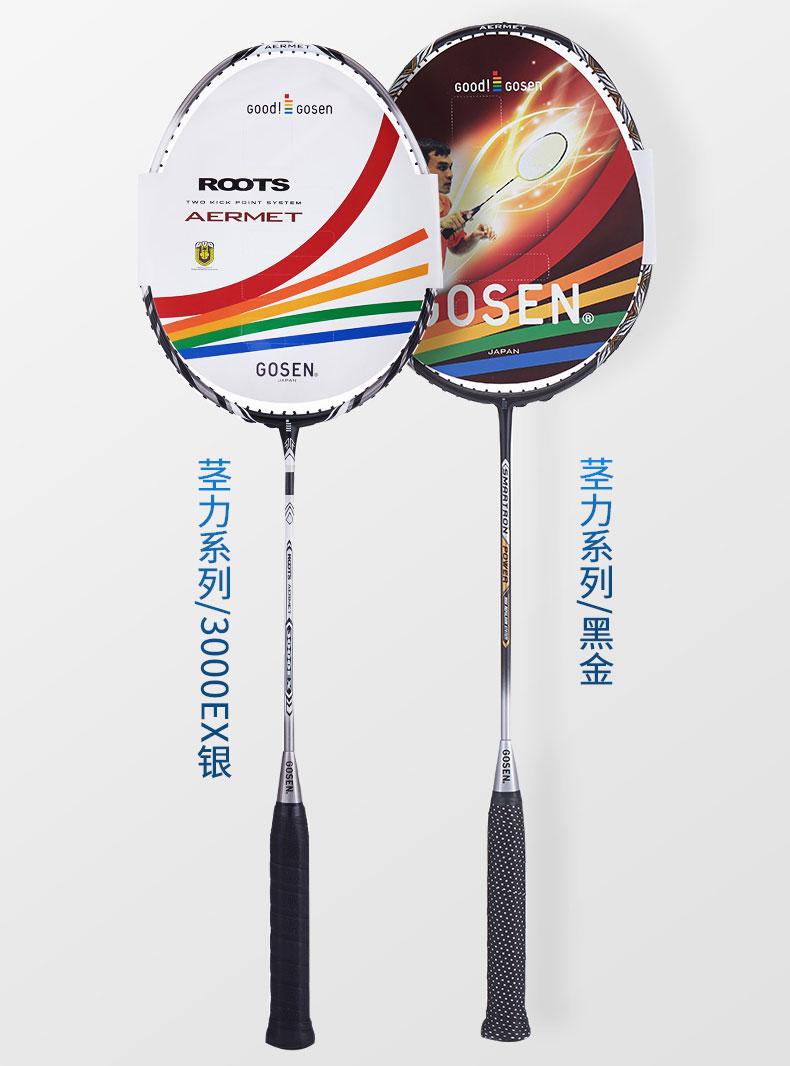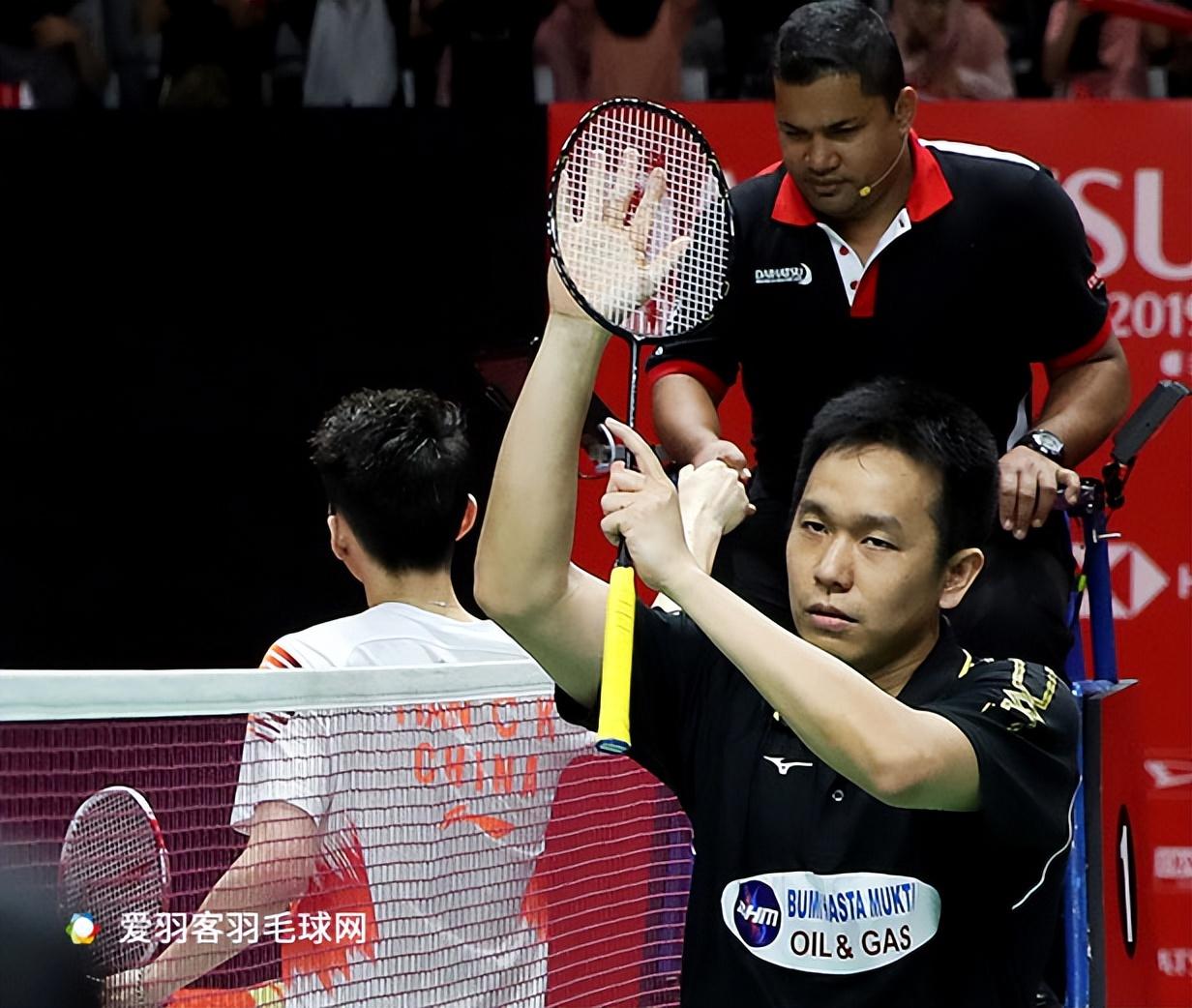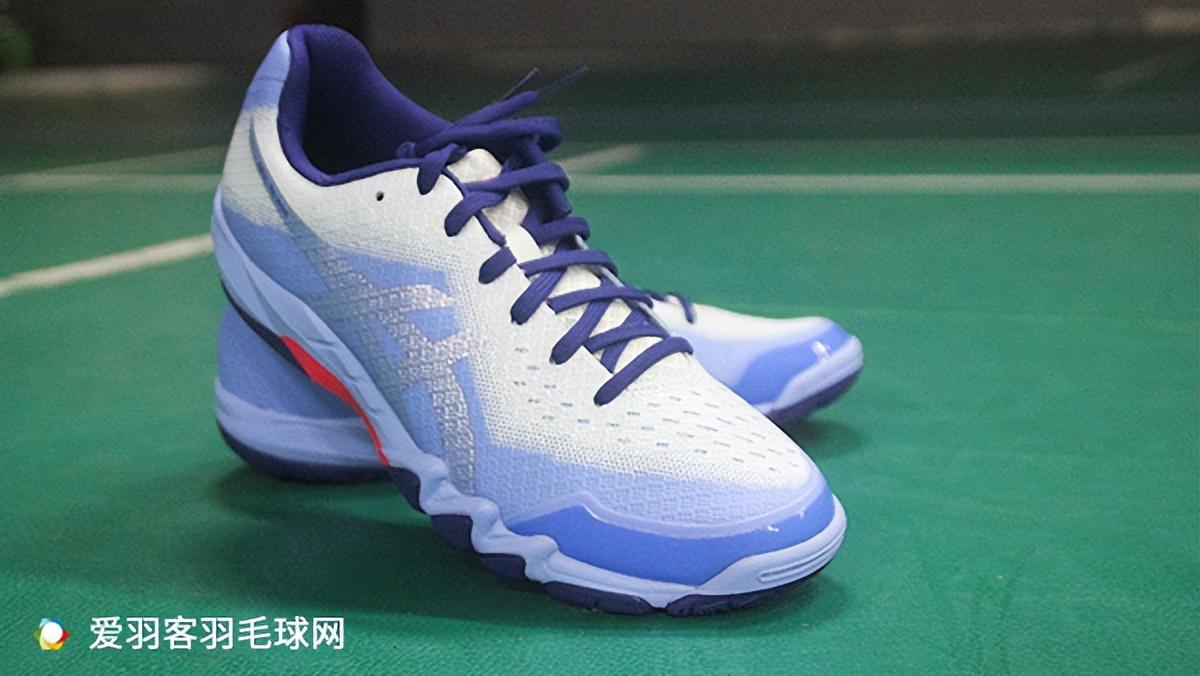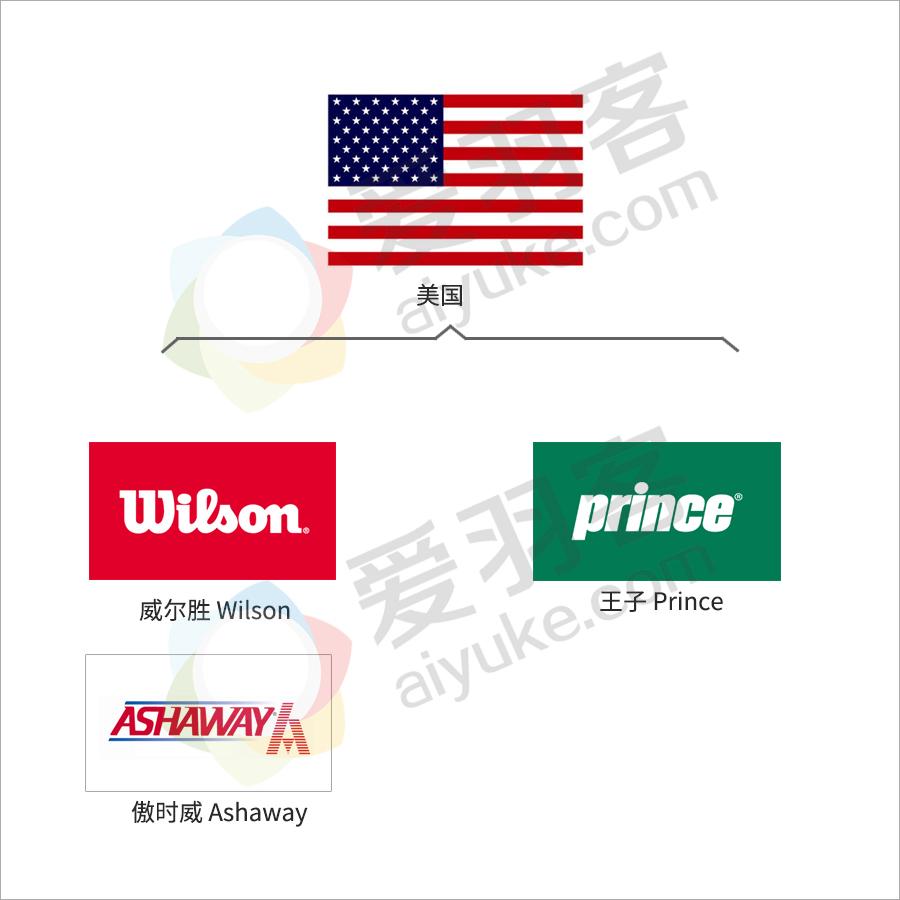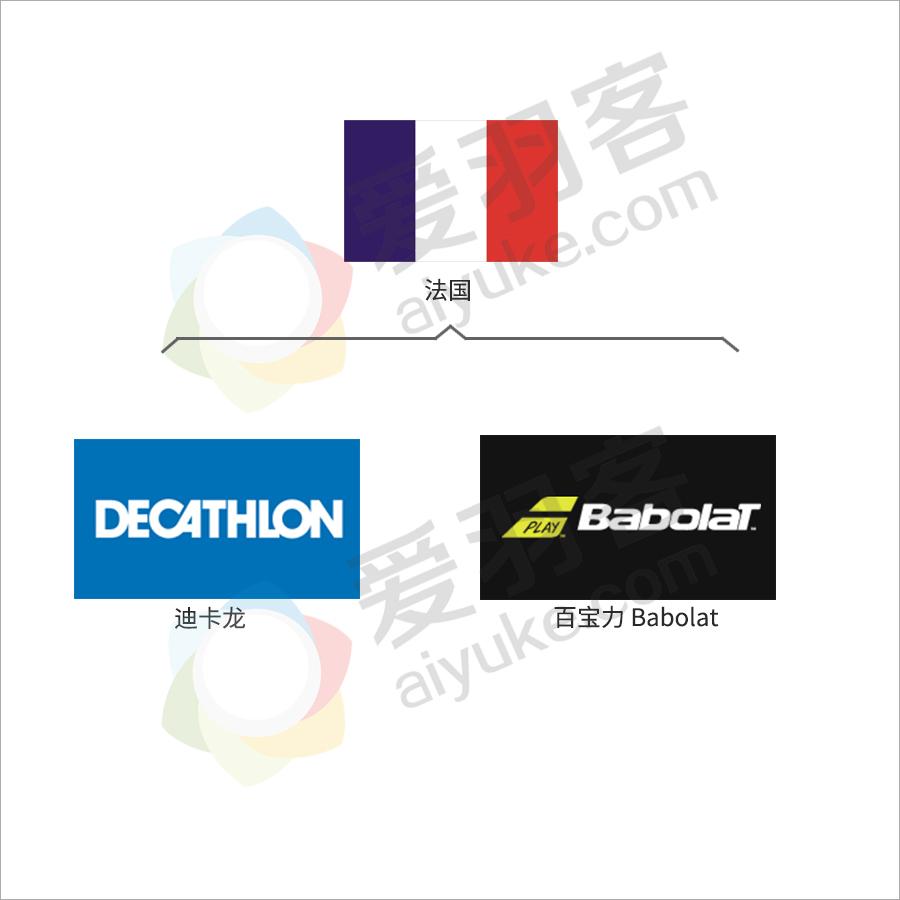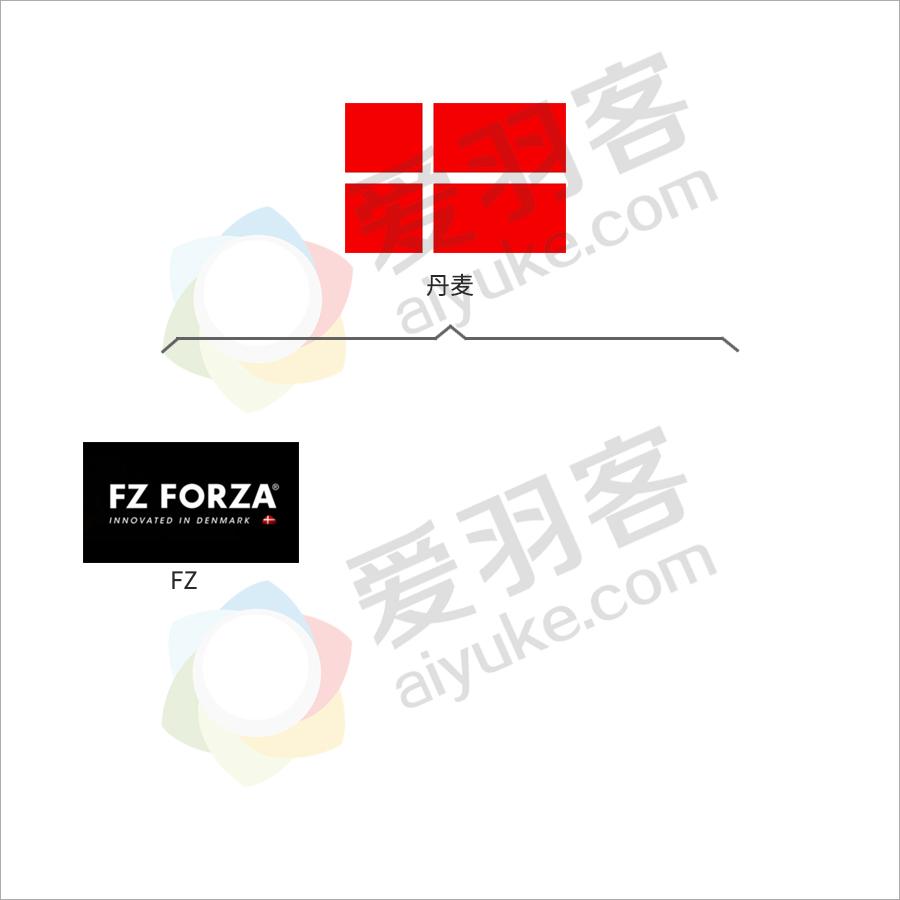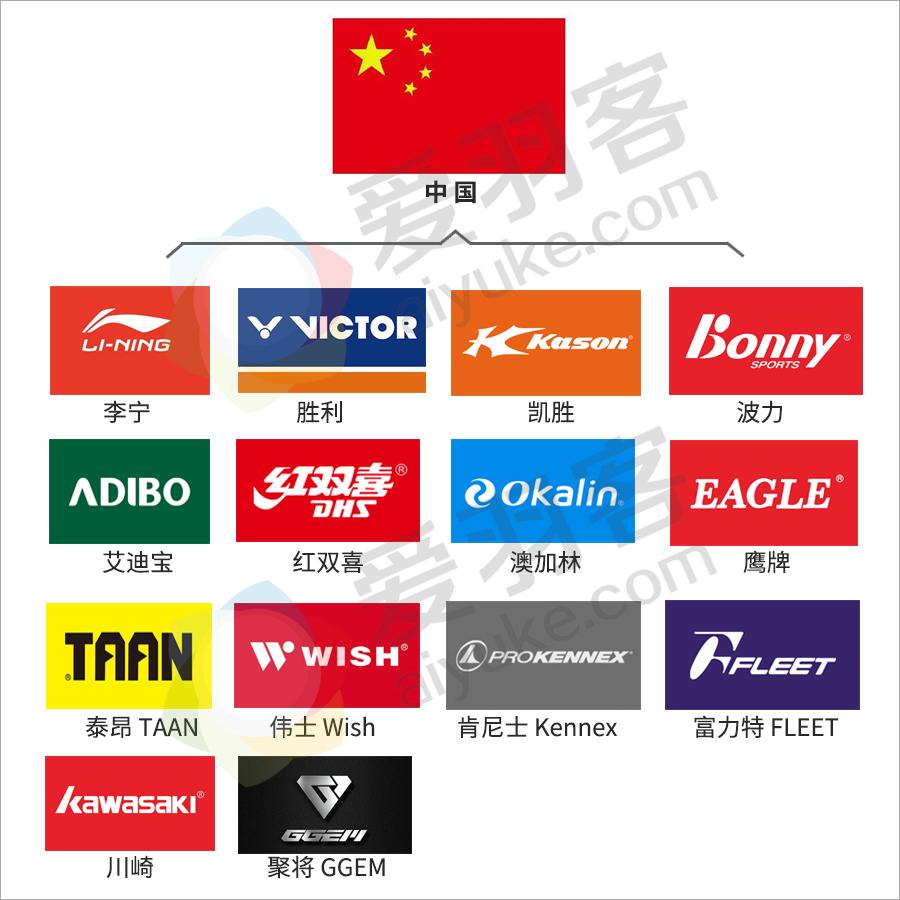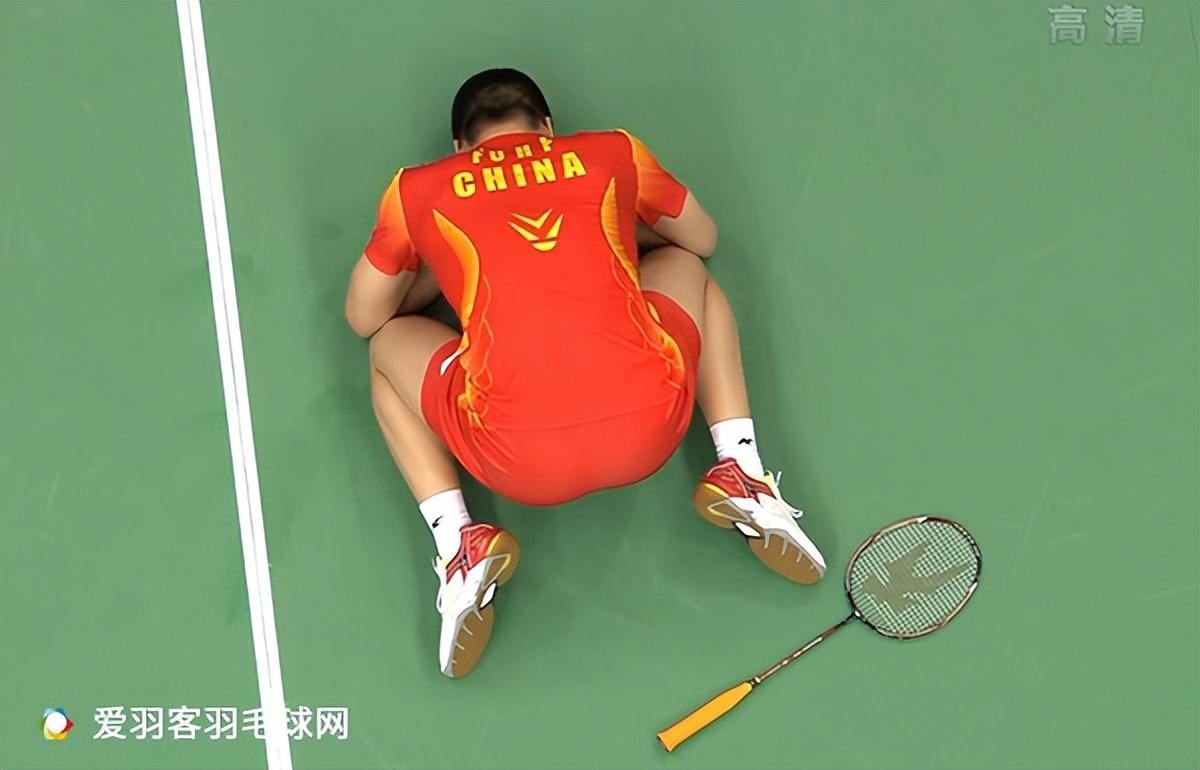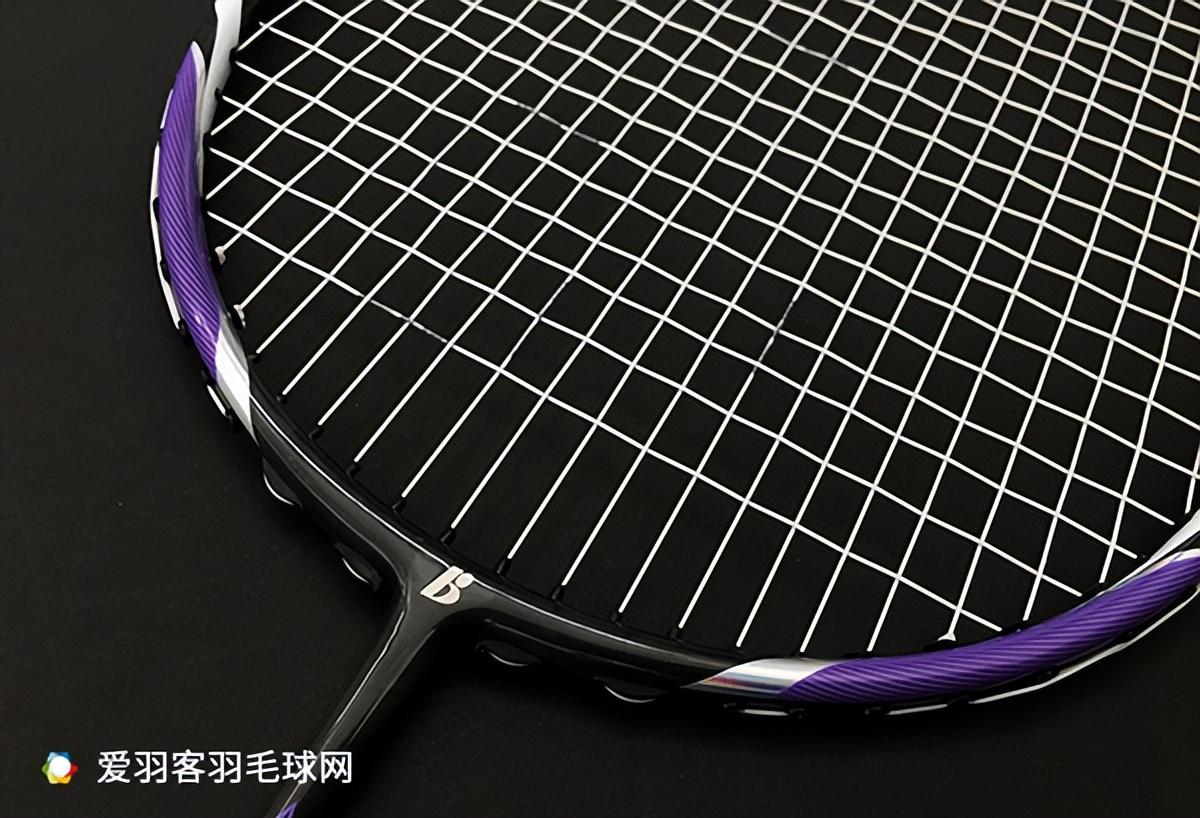There are 37 games in Changyou this year. Let’s talk about this one.
This year, we reported on Changyou’s new action. This old factory is uncharacteristically conducting game tests frequently.
Moreover, this momentum has not subsided until recently. Changyou has tested 37 games overseas in the past six months.(It refers to the package of the game, including the package that has been removed from the shelf, and there may be different packages but the same content.).
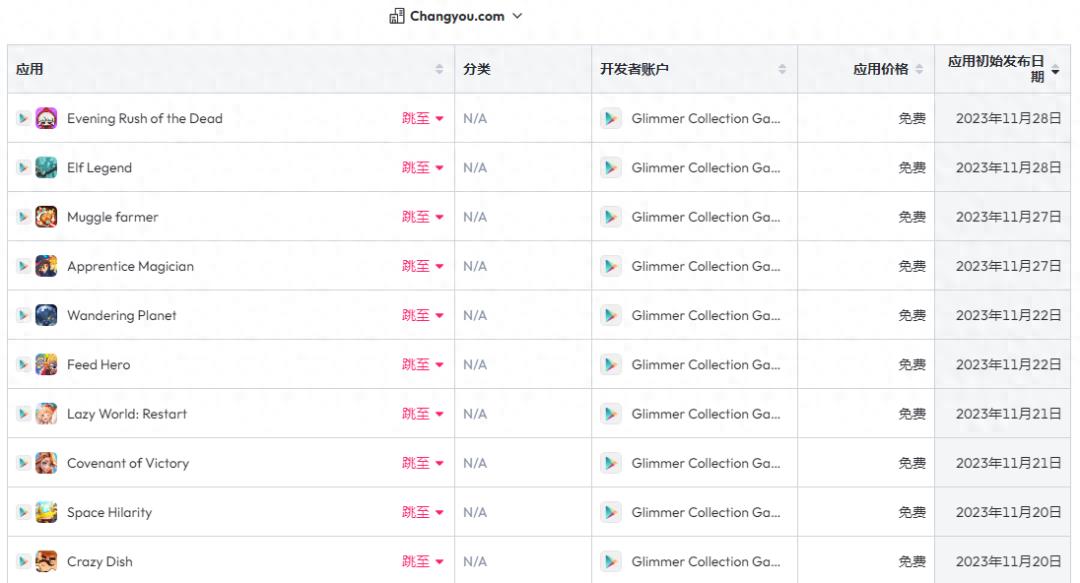
Partial test inclusion
Most of the games tested are light and moderate, and one of them, Covenant of Victory, which is a casual SLG game, looks quite distinctive.
Today I’m going to talk about Covenant of Victory.
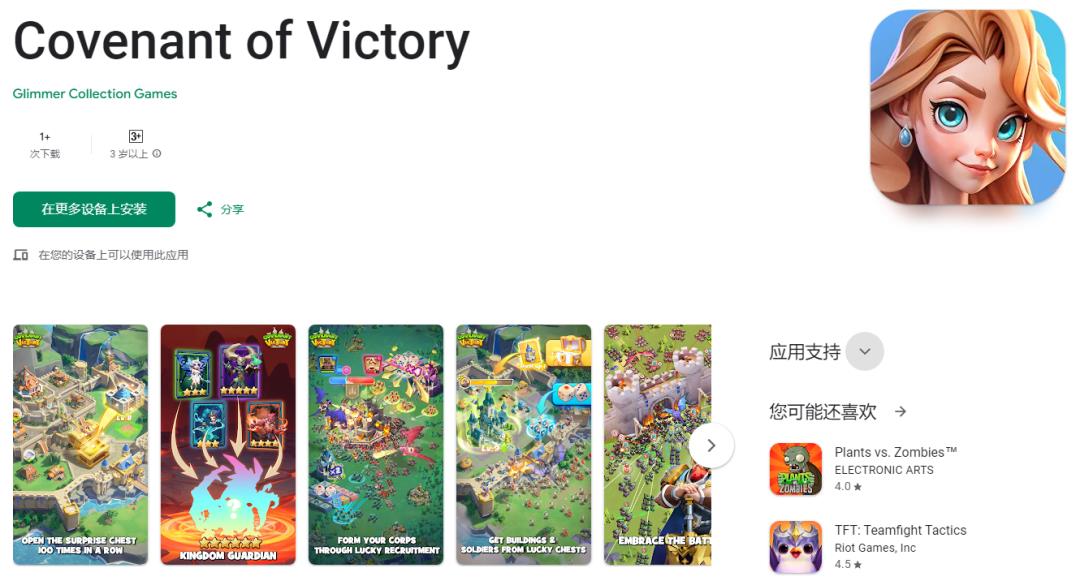
At present, it is speculated that this game is still in the stage of gameplay verification.
Its art materials are highly consistent with the previously tested product "Dispute of Homeland", and many explosive games can be seen at the gameplay level.
The Covenant of Victory is special because it mixes a lot of small games. In this game, you can see open boxes, strong chess, merge-2 and other gameplay, all of which are light and moderate categories, or the types of gameplay that are often seen in WeChat games.
Gameplay fusion is nothing new, and the above-mentioned open-box gameplay has also spawned many types of innovative fusion.
Just as mixing wine needs to choose a base wine, so the integration of gameplay also needs to choose a base. In the process of "A+B", no matter how many elements are added later, the core gameplay should not change.
The Covenant of Victory is somewhat divorced from this logic.
Although it still retains SLG’s marching, team matching and other gameplay, it is difficult to define after the experience, whether it still takes SLG as the core gameplay or has been diluted into an open box game.
This game just takes the difficult definition of this experience as the highlight.
The Covenant of Victory mentioned the words "zero waiting time" and "random recruitment" in the game introduction. It is hard to imagine that such an experience will appear on a SLG.
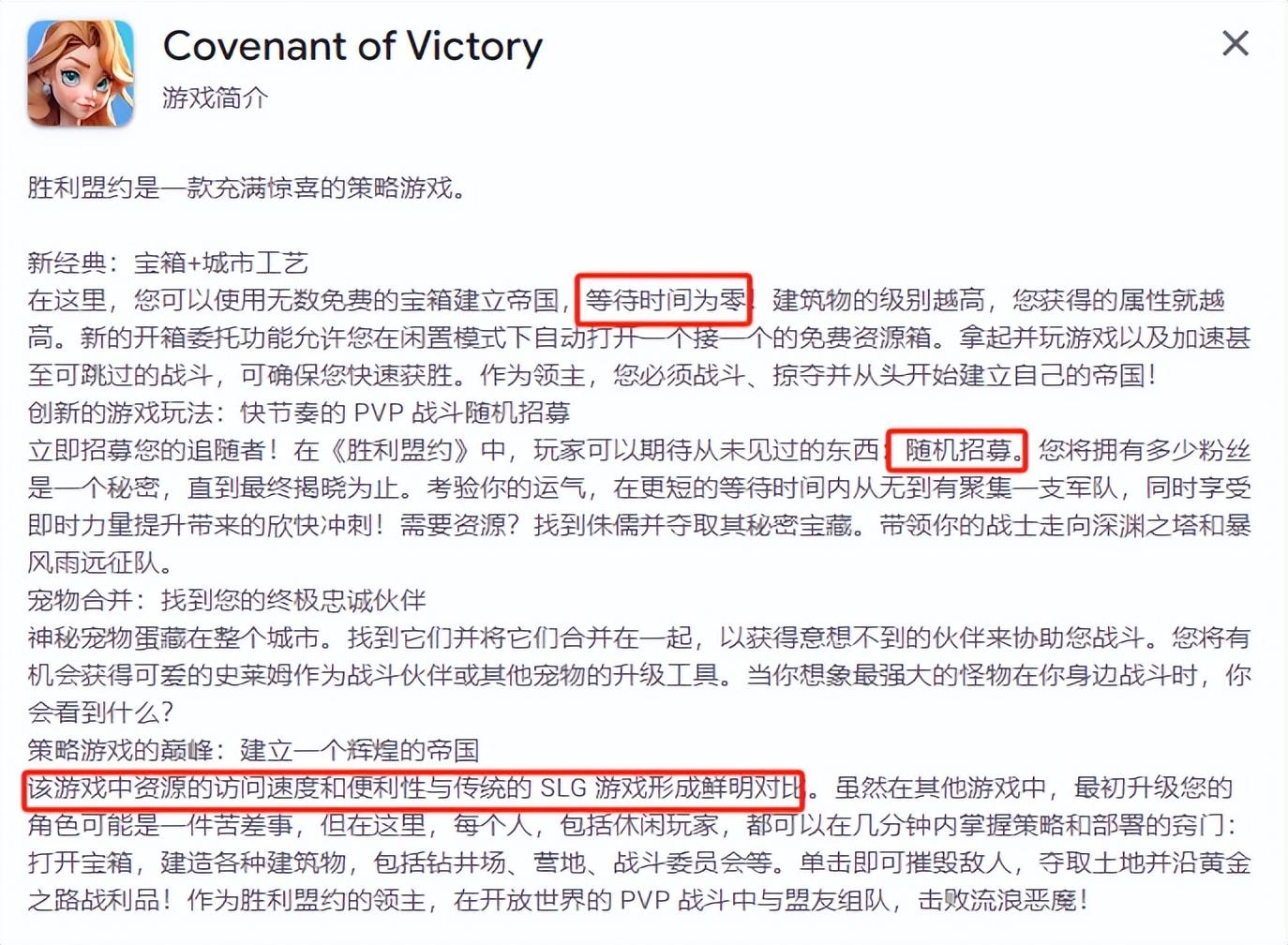
It can be clearly seen from the cultivation of gameplay that SLG is often inseparable from the framework of card games in design.(including the card drawing, training and team matching of military commanders)The card game also determines the common commercialization mode of SLG. No matter how the theme or gameplay changes, the deep cultivation game is always the same.
Covenant of Victory, on the other hand, makes the cultivation of cards more simple. The game gave up the traditional way of drawing cards, but adopted the simplest synthetic gameplay. The same way of playing is rare, which can be seen in crazy games’s Crazy Fight Monsters. This game is now out of service, which means that there has been no successful case of this design.
Merge-2′ s synthetic gameplay is easy to use. Players can get monster eggs by placing hanging machines or paying fees, and instantly generate monsters of different classes. Two monsters of the same class can be synthesized. There is a probability of successfully synthesizing a high-class monster, and there is also a probability of failing to generate a slime. slime can only be used to upgrade the level of other monsters. Simply put, this can only be regarded as a form of casual games.
This kind of cultivating gameplay can be done long enough-there is no fixed synthesis formula in the game, which means that even if the player synthesizes a high-grade monster, he doesn’t know in advance whether it is the one he wants, and the game will rise exponentially. Moreover, no matter whether the player wants to synthesize a monster or obtain a slime, different purposes can only be achieved through the operation of "incubating eggs". The reason why the formation line of the game is longer is simply because of the influence of randomness, which leads to the loss of efficiency of the player’s formation decision.
At the same time, this kind of gameplay does not have depth-the way to cultivate magic objects only retains "upgrade", and designs such as equipment and magic objects are abandoned. Although lightness is the trend of SLG now, if most products work hard on fur to attract players, then "Covenant of Victory" has gone deep into the bone marrow, and even seems a bit dull.
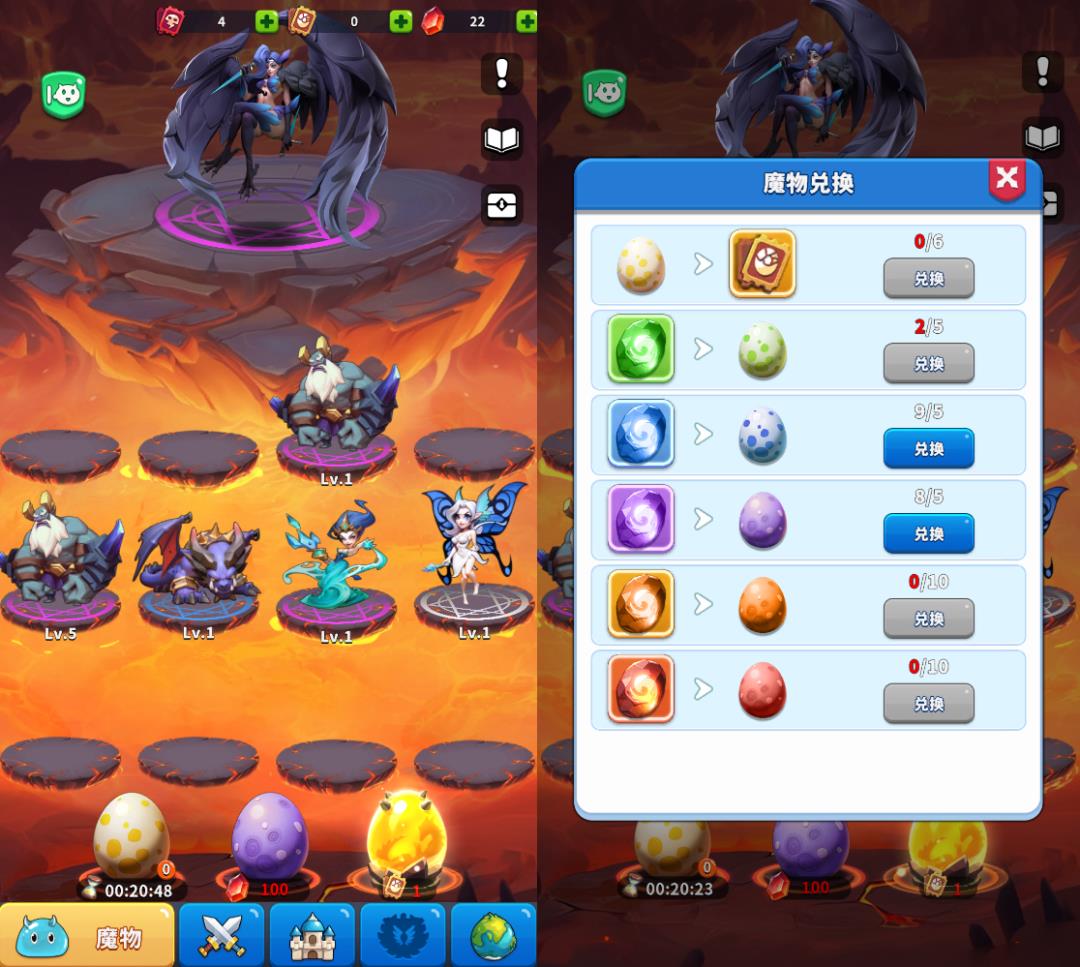
The relatively mild card game also affects the core game of Covenant of Victory, which makes its weight shift from SLG to placing cards.
The cultivated monsters can be matched with teams and play a role in the SLG battlefield. Convention of Victory uses the traditional COK-like framework and still has the characteristics of point-to-point marching and inspection tasks. However, although "Covenant of Victory" has designed legion skills for each monster, the content of SLG fighting in the game has not yet been produced, and the fighting process is only PV video, which has nothing to do with the team in which the player plays.
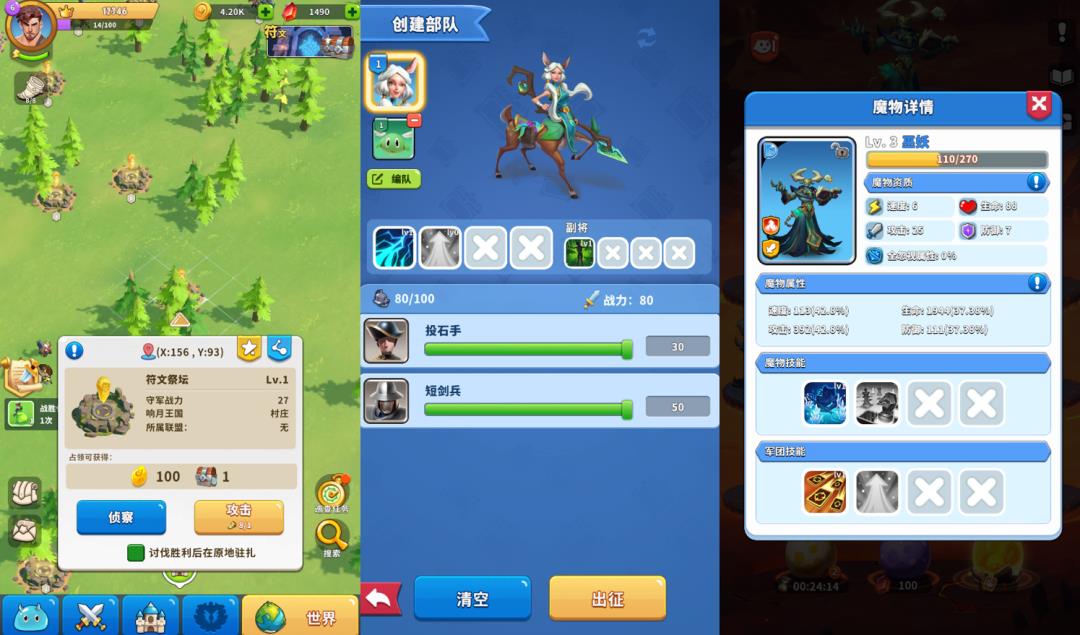
Now the PVP game of Covenant of Victory is more like inheriting from the open-box game, instead of thinking about moving closer to SLG. In the game, the content of playing cards is made. Players can choose to play a monster and form a two-person team with the Lord. They can play against other players by consuming admission tickets and finally get rewards according to the points ranking.
Similarly, "Covenant of Victory" provides two ways of conscription, and adds randomness to one of them.
One is the combination of strong chess, which is not only the main way for players to recruit, but also the embodiment of randomness. Players will harvest a certain number of dice by hanging up and SLG killing wild monsters, and will randomly get different kinds of soldiers or gold coins after throwing them on the chessboard. It is difficult for a player to get a specified kind of soldiers simply by rolling dice, but he can also use special dice to roll a specified number of points, which may become one of the paid contents in the future.
The efficiency of conscription may be limited, but the benefits will be higher. As players roll dice more and more times, the level of the chessboard will increase, and the number of soldiers won will also increase each time.
The other is to use gold coins to buy soldiers of specified types directly, which also eliminates the waiting link for training soldiers. However, this recruitment method has a limited amount, and only a certain number of soldiers can be purchased every three days. This will not become the main means of conscription, but can only play an auxiliary role.
If you formally join the SLG gameplay, it will be difficult for players to get the arms they want, which also means spending more time accumulating troops. Perhaps the game of strong chess itself is mild, but it will become more severe when applied to SLG game.
In addition, Covenant of Victory changed SLG’s urban construction play into the form of opening boxes, and the play experience also changed from the original macro "strategic management" to the relatively micro "role development".
Urban construction play is the key to control the game rhythm in conventional SLG. Players need to spend time waiting for the building to be completed, and they also need to follow the order to unlock the upgrade conditions. In this process, you can use acceleration props or unlock the construction queue to improve the construction efficiency, which also provides a commercial space for the game.
However, "Covenant of Victory" directly abandoned the concept of "urban construction", and players only need to keep opening boxes to get buildings, thus saving the time waiting for construction.
These buildings are not only functional. They also need to be regarded as "equipment", and at the same time affect the value of the Lord’s combat power, and the Lord’s combat power determines whether the player can continue to advance the task progress.
Just like the box-opening game, players get stronger buildings in the process of constantly opening boxes, and choose to replace them or sell them. After selling the treasure chest, you can get gold coins and upgrade the treasure chest level. Gold coins are the only resource in the game.(excluding paid content)The level of treasure chest determines the probability of high-quality buildings.
"Covenant of Victory" basically restored the game experience of opening boxes, and made the threshold lower, and provided treasure boxes to players through a series of ways, such as hanging up, completing tasks, and killing wild monsters.
In particular, the design of hanging up the machine will not exist in many open-box games, because as long as the process is properly designed, players will not "encounter no boxes to open" in the early stage of the game, and the Covenant of Victory still adds the guarantee measures.
Nowadays, the game of opening boxes has a very high popularity in domestic and foreign markets, and it has also been sought after by many manufacturers. For example, "Seeking the Way", which is a mutual entertainment of Sanqi, has been a great success in the WeChat game, and it has also achieved good results in using the App to go to sea. Recently, it is also preparing to launch a new product "Little Fight". What can be recognized is that this gameplay originated from the WeChat game and has potential on the App side.
Compared with the traditional SLG gameplay, opening a box is likely to extend the player’s online time. In other words, it is difficult for players to have nothing to do. As long as they are willing to spend time, they will definitely gain combat power improvement or resource accumulation, and they will basically not be discouraged by the game control progress. For reference, the producer of "Crazy Knights", which opened the box, once revealed the initial data of the operation, and the average online time of users reached 60 minutes.(It may also be influenced by small game platforms).
The online time of a player may not be the standard to measure whether an SLG is excellent or not, but it often means that it brings a continuous sense of growth to the player, and this more direct and intense stimulation may better retain the player.
In addition to bringing advantages, it also takes a certain price to join the open box game, the most obvious thing is to reduce the weight of resources. This is also very important for SLG. When the fun of resource production, distribution and consumption is no longer provided in the game, players may lose their sense of purpose in SLG gameplay.
Generally speaking, the Covenant of Victory is still a product in its infancy, and the game experience focuses on single-player play.
However, don’t forget that when the open-box game is in the fierce competition of innovation, when everyone is thinking about how to use the open-box game as the base, few games have used it as an auxiliary game so far. As for the feasibility of this innovative direction of integration with SLG, it remains to be seen.
